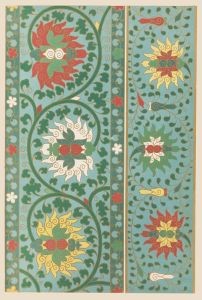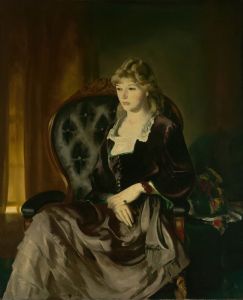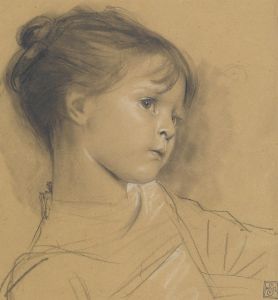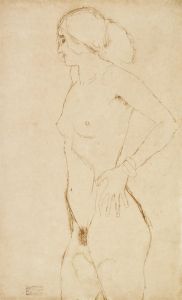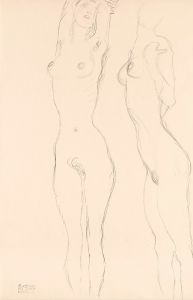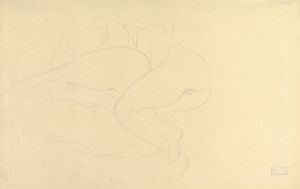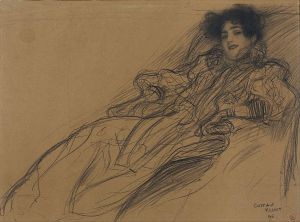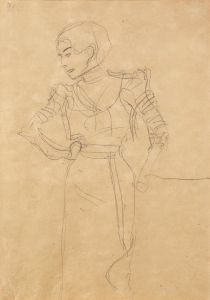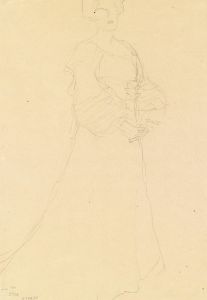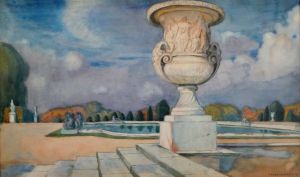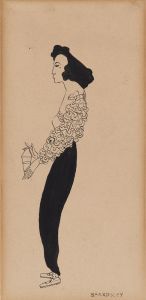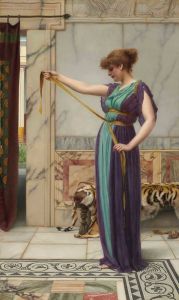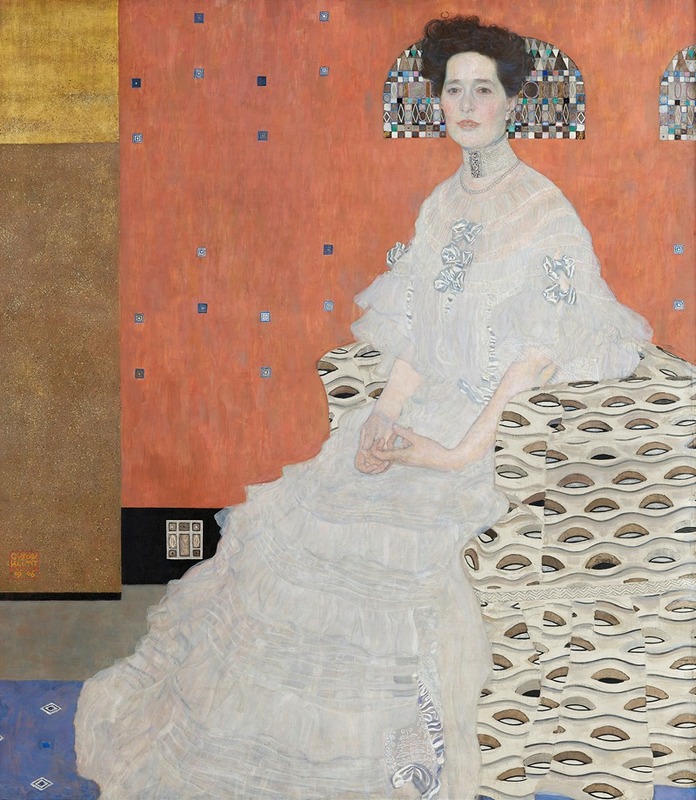
Fritza Riedler
A hand-painted replica of Gustav Klimt’s masterpiece Fritza Riedler, meticulously crafted by professional artists to capture the true essence of the original. Each piece is created with museum-quality canvas and rare mineral pigments, carefully painted by experienced artists with delicate brushstrokes and rich, layered colors to perfectly recreate the texture of the original artwork. Unlike machine-printed reproductions, this hand-painted version brings the painting to life, infused with the artist’s emotions and skill in every stroke. Whether for personal collection or home decoration, it instantly elevates the artistic atmosphere of any space.
"Portrait of Fritza Riedler" is an oil on canvas painting by the renowned Austrian symbolist painter Gustav Klimt, completed in 1906. This work is a notable example of Klimt's mature style, characterized by its intricate patterns, bold use of color, and the incorporation of symbolic elements. The painting is housed in the Belvedere Museum in Vienna, Austria, which holds one of the most significant collections of Klimt's works.
Gustav Klimt, born in 1862, was a leading figure in the Vienna Secession movement, which sought to break away from traditional academic art and explore new artistic expressions. Klimt's work often focused on the female form, and he is best known for his portraits and allegorical paintings that combine realism with decorative abstraction.
The subject of the painting, Fritza Riedler, was the wife of a wealthy industrialist, and her portrait reflects the social status and cultural milieu of Vienna's upper class at the turn of the 20th century. Klimt's portraits were highly sought after by the Viennese bourgeoisie, who appreciated his ability to capture the elegance and sophistication of his subjects while imbuing them with a sense of mystery and allure.
In "Portrait of Fritza Riedler," Klimt employs a composition that is both formal and intimate. The subject is depicted seated, gazing directly at the viewer with a composed and serene expression. Her pose is relaxed yet dignified, conveying a sense of confidence and poise. Klimt's use of color is particularly striking; the background is a rich, deep red that contrasts with the lighter tones of Riedler's skin and the delicate patterns of her dress.
The dress itself is a masterpiece of decorative design, featuring intricate patterns and textures that are characteristic of Klimt's work. The artist's attention to detail is evident in the rendering of the fabric, which appears almost tactile in its complexity. Klimt's use of gold and silver leaf, a hallmark of his style, adds a luminous quality to the painting, enhancing its visual impact.
Klimt's approach to portraiture was innovative for its time, blending realism with elements of abstraction and symbolism. In "Portrait of Fritza Riedler," he employs a flattened perspective and a decorative approach to space, which draws attention to the surface of the painting and the interplay of patterns and colors. This technique reflects the influence of both Byzantine mosaics and Japanese prints, which Klimt admired and incorporated into his work.
The painting is also notable for its psychological depth. Klimt was known for his ability to capture the inner life of his subjects, and in this portrait, he conveys a sense of introspection and complexity. Riedler's expression is enigmatic, inviting viewers to ponder her thoughts and emotions.
"Portrait of Fritza Riedler" exemplifies Gustav Klimt's unique artistic vision and his contribution to the development of modern art. It remains a celebrated work within his oeuvre, admired for its beauty, technical mastery, and the way it encapsulates the spirit of an era. The painting continues to be a focal point for discussions about Klimt's innovative approach to portraiture and his influence on the art world.





